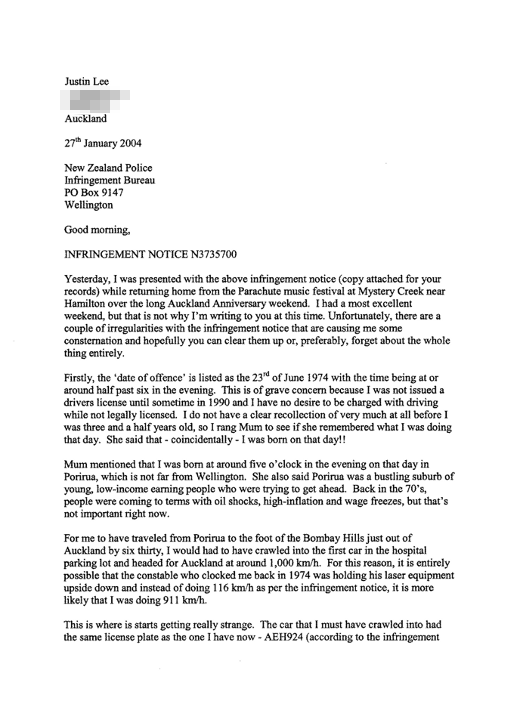
To whom it may concern,
I love Pascall’s Marshmallows. Seriously. Our two person household probably powers through a 250gm bag of those bad boys a week. They’re almost fat free. They’re delicious. And they’re magical. I love the easy tear corners on the bags. Somebody over your way has obviously put a lot of thought into the optimal packet design.
When I say I’m your biggest fan it’s probably a little bit exaggerated. I don’t live in a house made from, or even decked out with, your product. But I consider myself at least in your top #7, and I would challenge anybody who suggests otherwise.
They are great in hot chocolate, they’re great by the handful, and they’re amazing just slightly toasted and consumed while hot (but not on fire). I can’t get enough of them. Pink or white. To me. It doesn’t matter. I’ll take either…
Which brings me, somewhat dramatically, to my point. Earlier this week I purchased a 500gm bag of your delicious marshmallows. I don’t think I’d ever noticed 500gm bags before, my local supermarket must have just expanded their range, which again shows you’re doing something right. Incidentally, how do you actually make marshmallows? I read on the Internet that marshmallows, in their original form, were some sort of sweet plant growth and what we buy and eat by the handful are artificial replicas of these original products. Amazing. Is that true?
I purchased a mixed bag. 500gm. Pink and white. Now, you would expect in a bag with only two flavour options, statistically speaking, to find roughly a 50/50 split of pink to white. I would think. Is this the case? Or are you aware that one particular flavour is more popular than another. That would be the kind of market research and knowledge I would expect from a subsidiary of the Cadbury company. So nothing would surprise me more than to learn you hand pack these bags, or at least use trained animals. I’ve seen Charlie and the Chocolate Factory. I know about the squirrels. I bet that put a downer on things for you guys when Hollywood blew the lid on the confectionary industry’s biggest secret. Trained squirrels. Brilliant. You’d think an Australian animal would suffice, but I’ve heard koalas are suckers for marshmallows and kangaroos are rowdy and hard to pin down.
So in my mixed bag, thus far (I probably have 150gm to go), I’d say I’ve had a 90/10 ratio of pink to white marshmallows. I assume this isn’t normal. It’s like the old conundrum about picking out two different coloured socks from a drawer. If you’ve got ten socks that are red, and ten that are blue, after three socks you will definitely have a pair, and after ten socks you’ll definitely have one of each sock (you may have ten red, and one blue, or vice versa – but in this case the next nine socks will all be the same colour). Eventually. Over time. The two colours will become evenly represented in your outside-of-drawer collection. Imagine my surprise when this didn’t happen. I wasn’t expecting socks from my marshmallow bag. I’m not an idiot. No. I was expecting to eventually see a normalising of the ratio of pink:white. But it didn’t happen. That’s a statistical anomaly that I think we’ll all agree you should be made aware of immediately. Hence my writing to you.
Now, I’m not just being a good citizen of the world who passes on feedback to companies simply for their edification. I have a bone to pick. Metaphorically, if I’d found a bone in my marshmallows this would be a very different letter, and would probably involve the police. No. My metaphorical bone is this. My wife does not like pink marshmallows. If marshmallows were people she’d be a racist. She’s not a racist, because they’re not… but she doesn’t like the taste. Which means I’ve eaten lots of pink marshmallows from this packet and she hasn’t eaten many at all.
So, from one marshmallow fan to another, or more correctly, from a marshmallow fan to the creators of delicious marshmallows, I would ask you to lift your game a little bit, or, at the very least, fire the squirrels. They carry all sorts of lice and disease anyway. It might be time to move on.
Yours in confectionary,
Nathan Campbell







